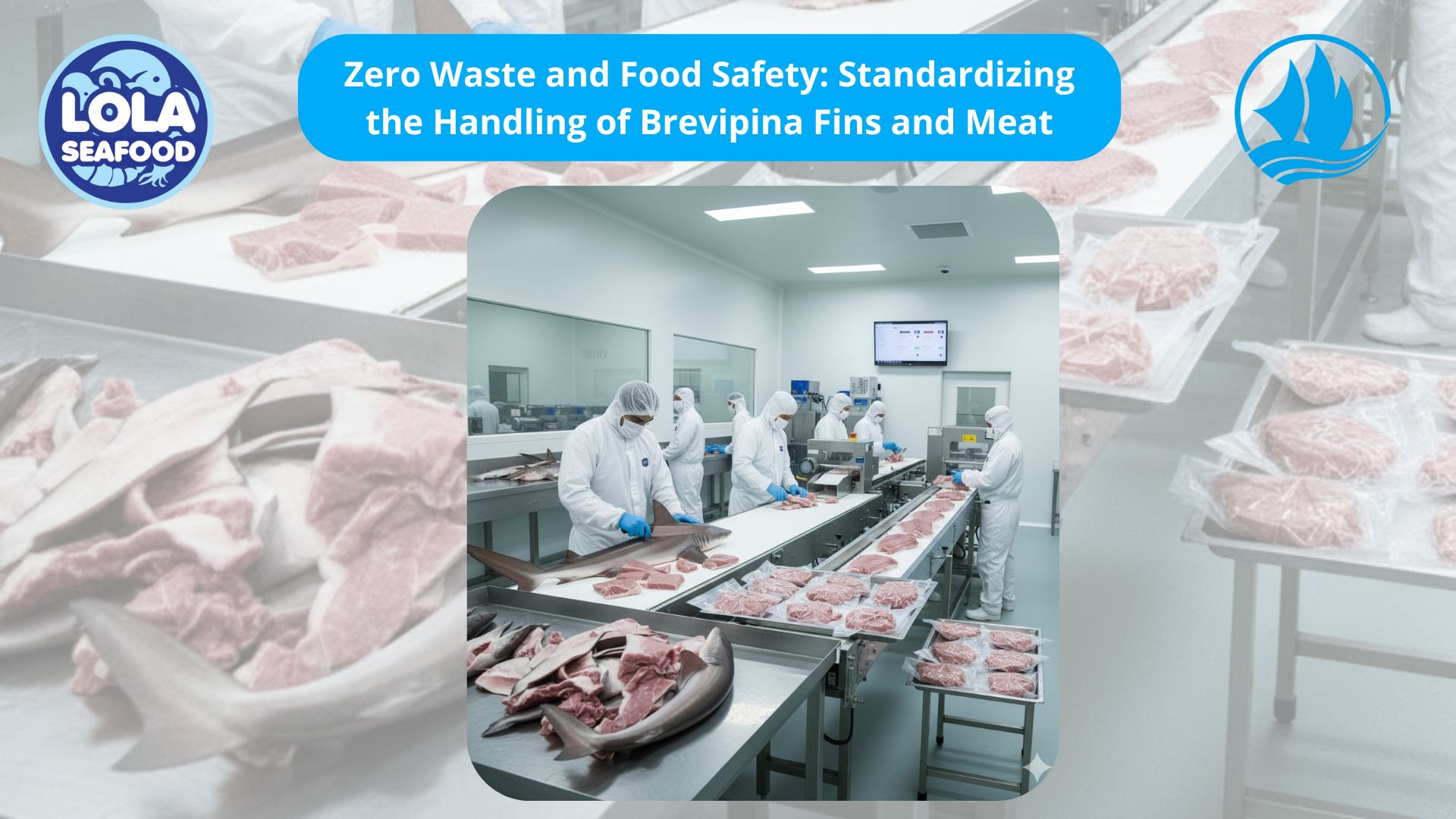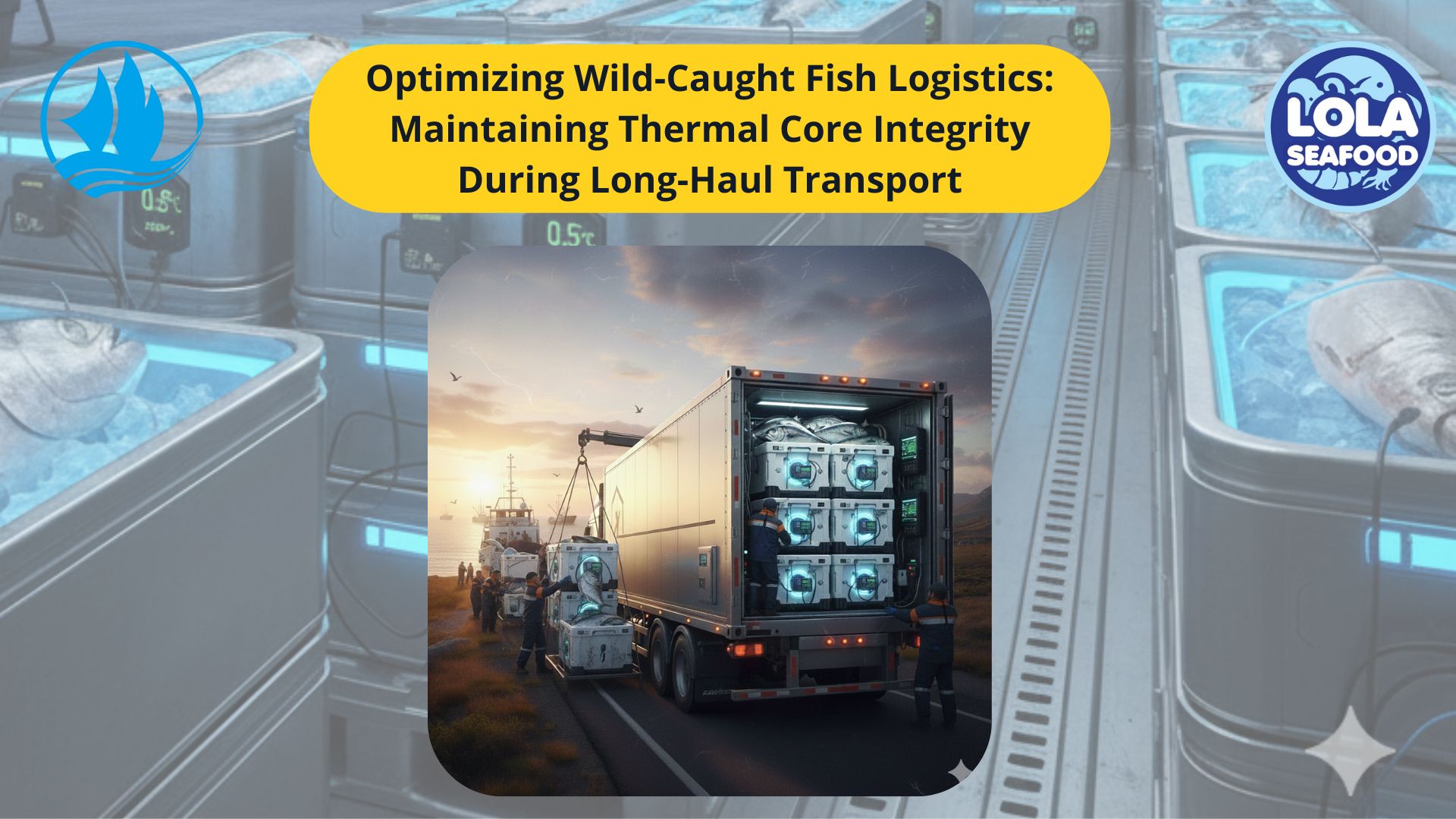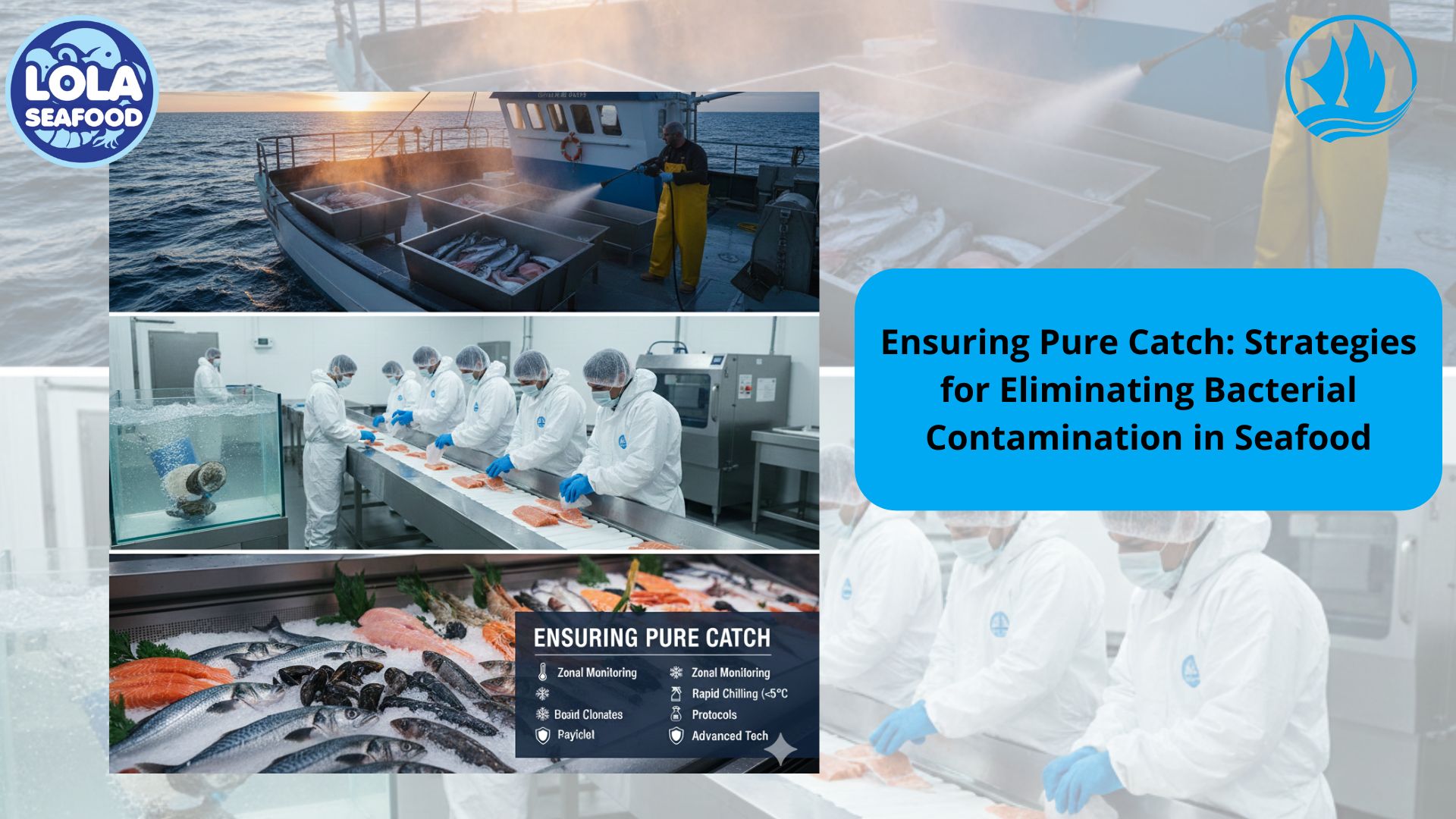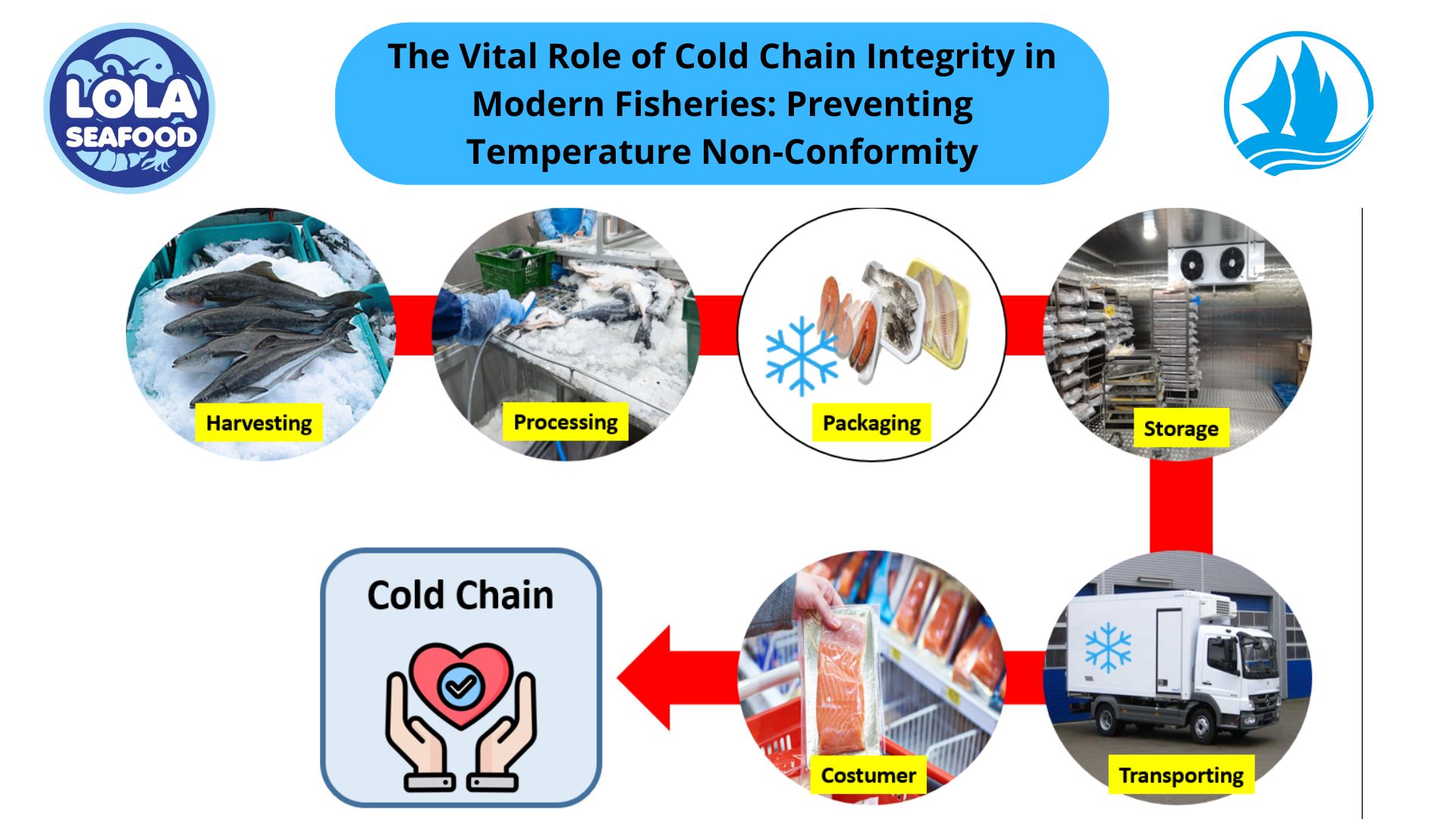Why Cold Chain Compliance is the Key to Preventing Seafood Borne Illnesses
By. Najih - 10 Sep 2025.jpg)
Kelolalaut.com The cold chain refers to a series of temperature-controlled environments designed to keep seafood at safe levels of chill or freeze. From the moment a fish is caught, it must be kept on ice or in refrigerated seawater to slow down bacterial activity. After landing, the product moves through processing plants, cold storage facilities, refrigerated trucks, and retail displays. At every stage, compliance with strict temperature requirements is essential.
For most fresh seafood, the recommended storage temperature is 0–4°C, while frozen seafood should be maintained at –18°C or below. Even small deviations from these ranges can lead to quality loss or create conditions for harmful microorganisms to thrive.
Why Compliance is So Important
Cold chain compliance is more than just good practice; it is a legal and ethical responsibility across the seafood supply chain. When processors, distributors, and retailers follow regulations consistently, several benefits are achieved:
- Prevention of microbial growth
Pathogens such as Listeria monocytogenes, Vibrio spp., and Salmonella multiply rapidly at temperatures above 5°C. By maintaining a continuous chill, their growth can be slowed or halted. - Preservation of nutritional value
Seafood is prized for omega-3 fatty acids and high-quality proteins. Temperature abuse accelerates oxidation and protein breakdown, reducing its nutritional quality. - Extended shelf life and reduced waste
Proper cold storage allows seafood to remain safe and marketable for longer periods, reducing spoilage and food losses across the supply chain. - Consumer health protection
Above all, compliance prevents outbreaks of seafood-borne illnesses, protecting consumers and preserving confidence in seafood products.
The Dangers of Non Compliance
Breakdowns in the cold chain can occur during transportation, improper storage, or due to faulty equipment. Even a short lapse may have serious consequences. For example:
- Temperature abuse during transit can cause fish to release histamines, leading to scombroid poisoning.
- Interrupted freezing conditions can cause thawing and refreezing, damaging texture while allowing bacteria to survive.
- Retail display at unsafe temperatures increases the risk of Vibrio infections, which are common in warmer climates.
Case studies have shown that seafood held at temperatures above 10°C for just a few hours can contain unsafe bacterial levels—even if later re-chilled. Once contamination occurs, it cannot be undone.
International Standards Supporting Cold Chain Compliance
Global authorities recognize the importance of cold chain integrity in seafood. Key frameworks include:
- Codex Alimentarius: Recommends specific temperature controls for different seafood products to maintain safety.
- HACCP (Hazard Analysis and Critical Control Points): Identifies temperature management as a critical control point in fish processing.
- EU and FDA regulations: Require continuous monitoring and documentation of storage temperatures for seafood imports and exports.
These standards are not only about compliance but also about harmonizing trade practices, ensuring that seafood moving across borders meets consistent safety expectations.
Modern Solutions for Better Compliance
Thanks to technology, monitoring cold chain integrity is becoming more reliable:
- Digital data loggers record real-time temperatures during transport and storage.
- Blockchain systems provide transparent tracking of seafood from harvest to retail, ensuring accountability.
- Smart packaging with time–temperature indicators gives visible signals if products have been exposed to unsafe conditions.
By adopting these innovations, companies can minimize human error, quickly identify problems, and strengthen consumer trust.
Building a Culture of Responsibility
While technology helps, cold chain compliance ultimately depends on the people managing it. Training workers on proper handling, emphasizing hygiene, and establishing strict standard operating procedures (SOPs) are essential. Everyone from fishermen to supermarket staff plays a role in maintaining seafood safety.
Moreover, consumers also share responsibility. Purchasing seafood from trusted sources, checking for signs of temperature abuse (such as thawed ice glaze on frozen fish), and storing products properly at home complete the final link in the cold chain.
Seafood offers immense nutritional and economic value, but it comes with unique safety challenges. Cold chain compliance is the single most important safeguard against seafood-borne illnesses, ensuring that fish remains safe, nutritious, and high-quality from ocean to plate. By aligning with international standards, adopting innovative monitoring systems, and fostering a culture of responsibility, the seafood industry can protect both public health and its own long-term sustainability.
In today’s interconnected food trade, investing in strong cold chain management is not optional—it is the foundation of seafood safety and global consumer trust.
If youre interested in our Halibut Fillet Skinless please do not hesitate to contact us through email and/or Whatsapp
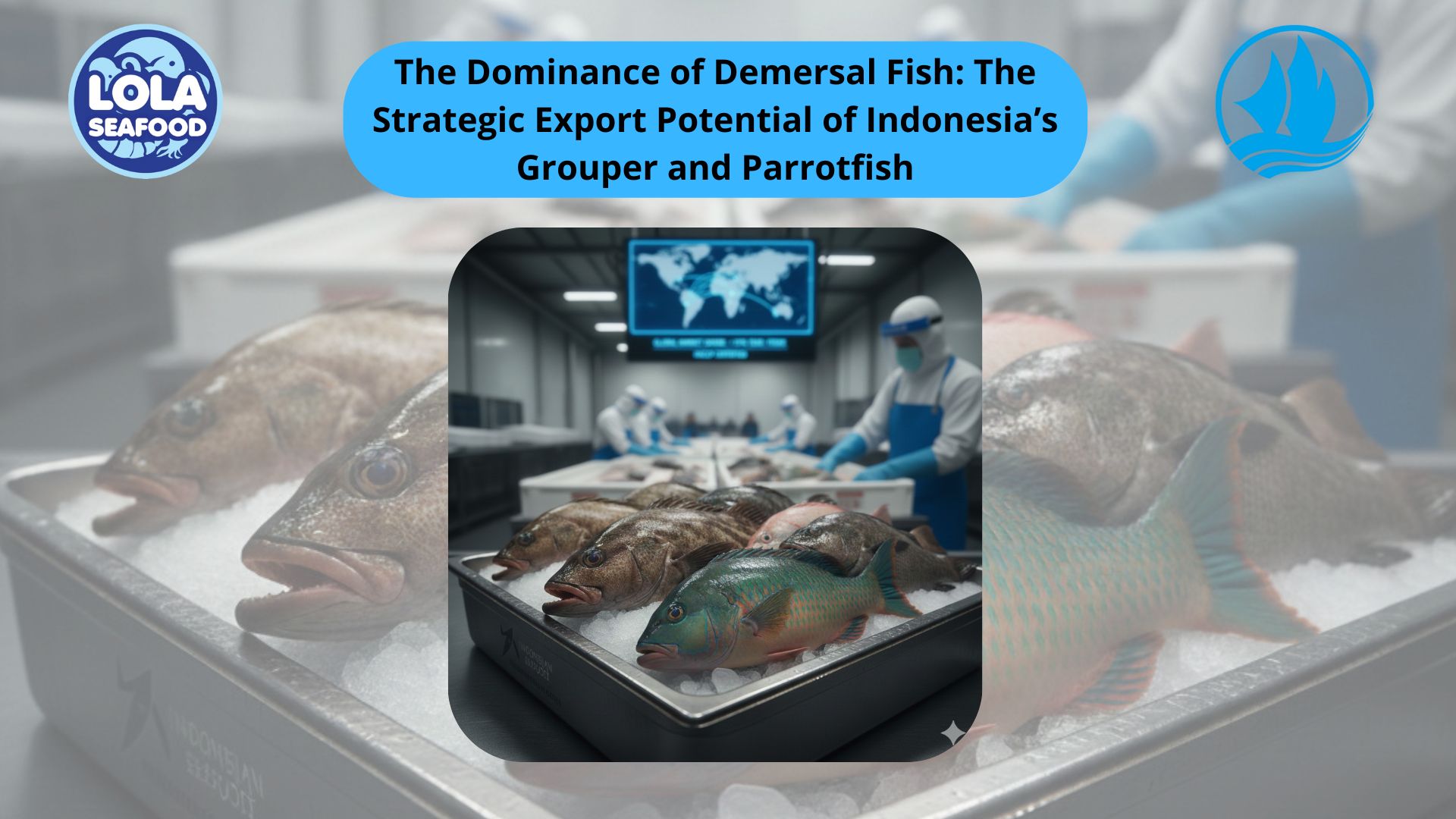
The Dominance of Demersal Fish: The Strategic Export Potential of Indonesia’s Grouper and Parrotfish
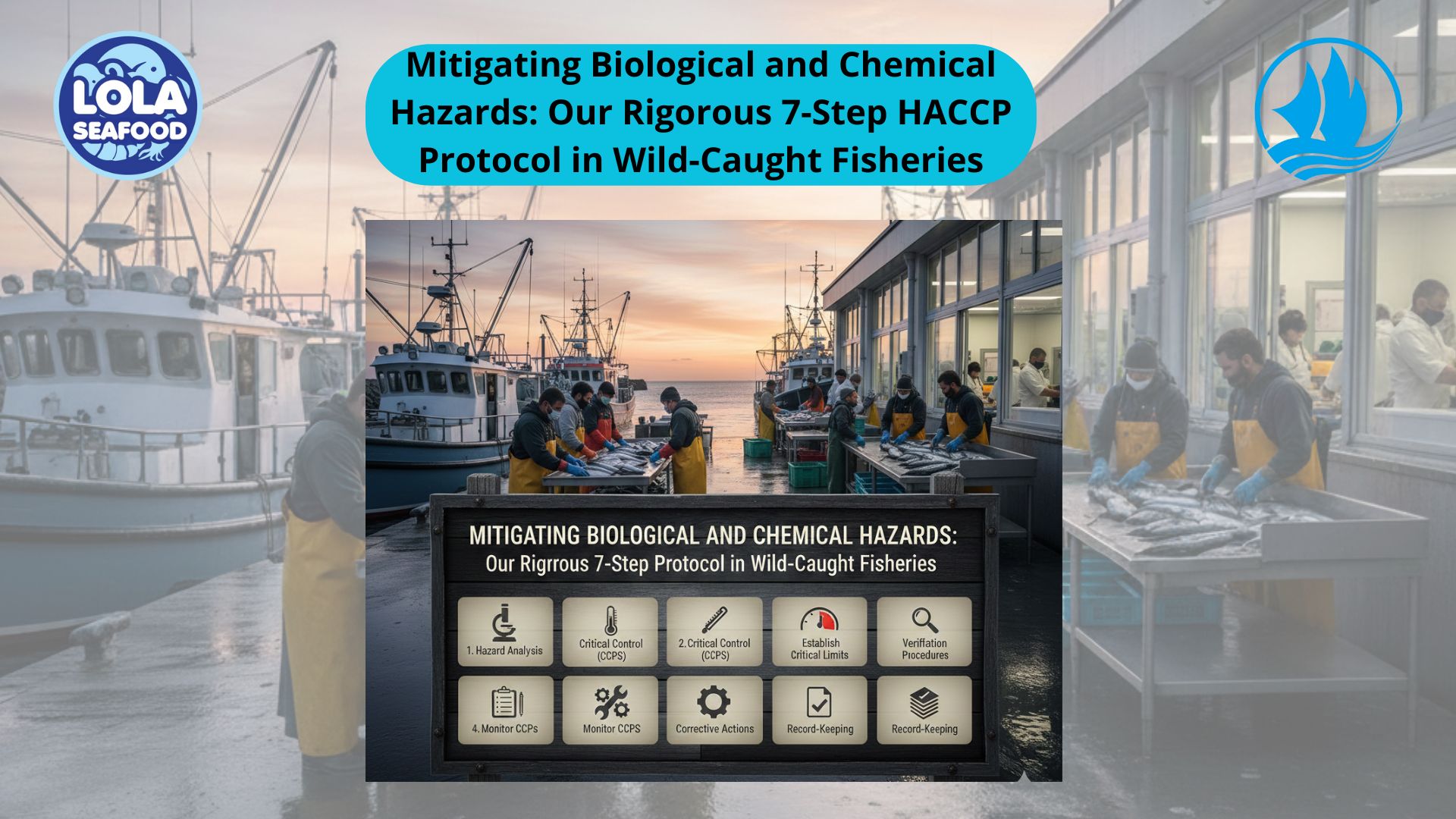
Mitigating Biological and Chemical Hazards: Our Rigorous 7-Step HACCP Protocol in Wild-Caught Fisheries
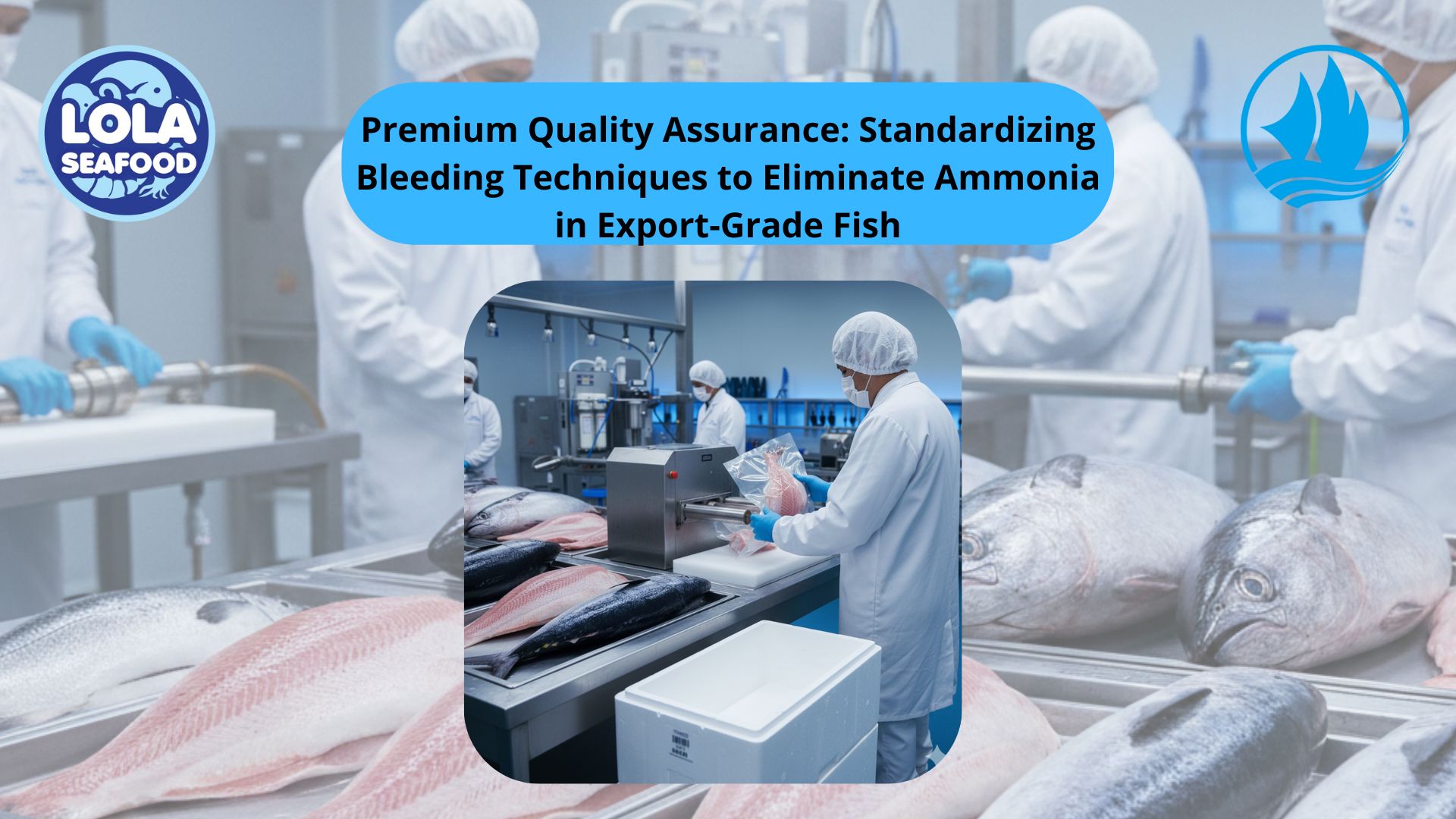
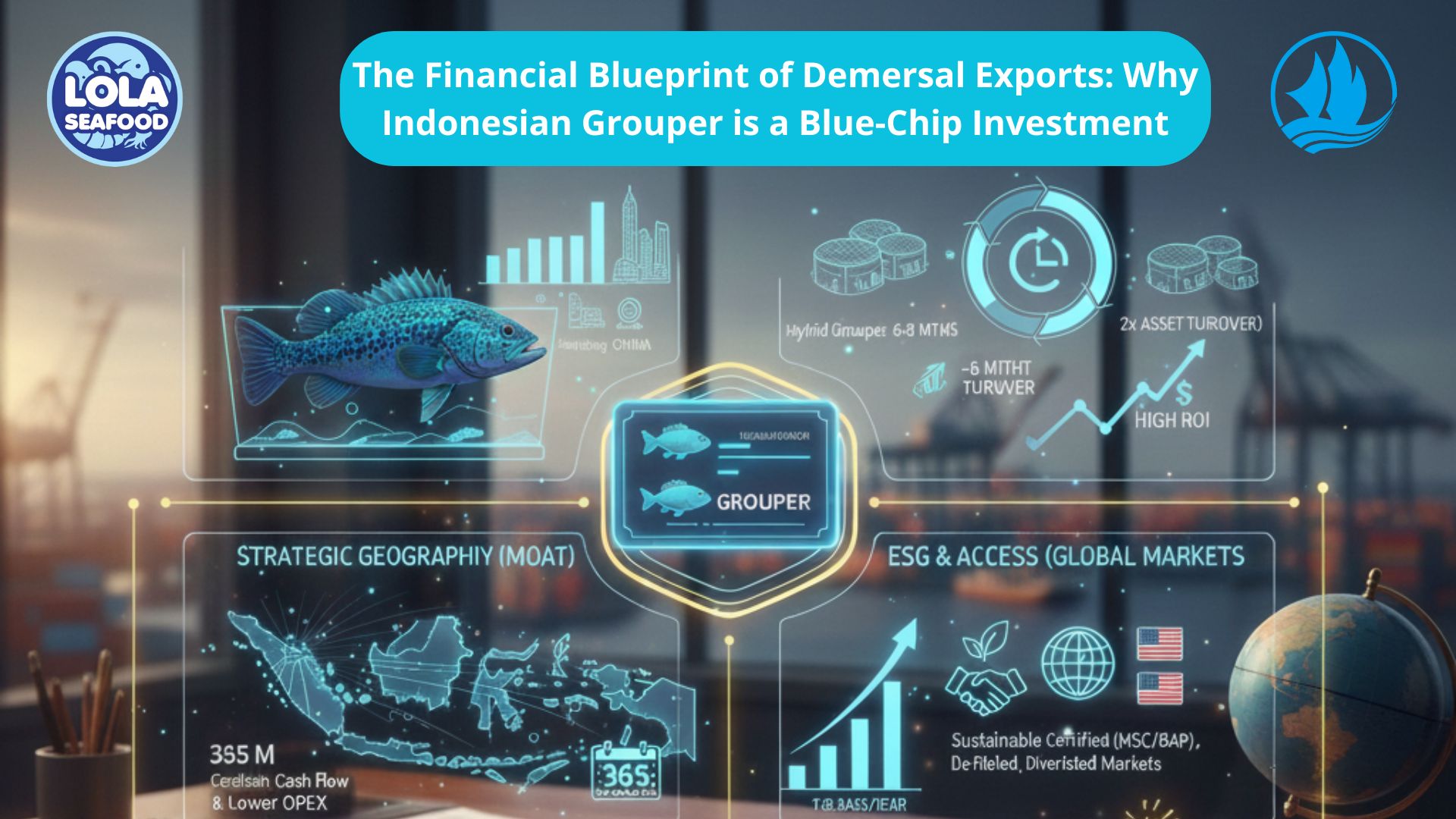
.jpg)
